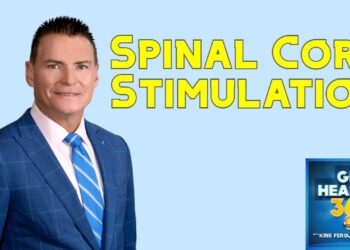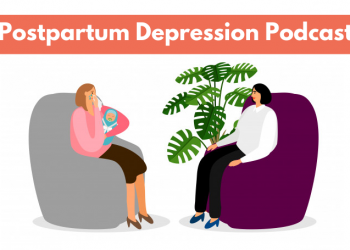Can Gabapentin improve your back pain?

Gabapentin is a medication often prescribed for low back pain. Gabapentin is FDA approved as a complementary medication to treat partial seizures in adults in 1993 and that indication was extended to children in 2000. It is also approved for postherpetic neuralgia also known as shingles pain. However, there are no clinical studies supporting the use of gabapentin for low back pain. This study used 108 people with low back pain, whose pain either did nor did not radiate to their lower legs. Compared with placebo, there was no significant difference between groups regarding pain score or disability score when compared after 12 weeks of treatment. According to this study, gabapentin appears to be ineffective for pain relief for people with low back pain with or without a radiating component.
Glossary:
Placebo: A harmless pill, medicine, or procedure prescribed more for the psychological benefit to the patient than for any physiological effect. It is used in medical studies to test if a treatment has a real benefit vs. a benefit because a person expects a benefit.
The Research
Pain. 2016 Jul;157(7):1499-507. doi: 10.1097/j.pain.0000000000000554.
A randomized controlled trial of gabapentin for chronic low back pain with and without a radiating component.
Atkinson JH1, Slater MA, Capparelli EV, Patel SM, Wolfson T, Gamst A, Abramson IS, Wallace MS, Funk SD, Rutledge TR, Wetherell JL, Matthews SC, Zisook S, Garfin SR.
- 1aVA San Diego Healthcare System, San Diego, CA, USA bDepartment of Psychiatry, University of California, San Diego, La Jolla, CA, USA cScottsdale Healthcare Research Institute, Scottsdale, AZ, USA dDepartment of Pediatrics, University of California, San Diego, La Jolla, CA, USA eComputational and Applied Statistics Laboratory, University of California, San Diego, La Jolla, CA, USA Departments of fMathematics, gAnesthesiology, and hOrthopaedic Surgery, University of California, San Diego, La Jolla, CA, USA.
Abstract
Gabapentin is prescribed for analgesia in chronic low back pain, yet there are no controlled trials supporting this practice. This randomized, 2-arm, 12-week, parallel group study compared gabapentin (forced titration up to 3600 mg daily) with inert placebo. The primary efficacy measure was change in pain intensity from baseline to the last week on treatment measured by the Descriptor Differential Scale; the secondary outcome was disability (Oswestry Disability Index). The intention-to-treat analysis comprised 108 randomized patients with chronic back pain (daily pain for ≥6 months) whose pain did (43%) or did not radiate into the lower extremity. Random effects regression models which did not impute missing scores were used to analyze outcome data. Pain intensity decreased significantly over time (P < 0.0001) with subjects on gabapentin or placebo, reporting reductions of about 30% from baseline, but did not differ significantly between groups (P = 0.423). The same results pertained for disability scores. In responder analyses of those who completed 12 weeks (N = 72), the proportion reporting at least 30% or 50% reduction in pain intensity, or at least “Minimal Improvement” on the Physician Clinical Global Impression of Change did not differ significantly between groups. There were no significant differences in analgesia between participants with radiating (n = 46) and nonradiating (n = 62) pain either within or between treatment arms. There was no significant correlation between gabapentin plasma concentration and pain intensity. Gabapentin appears to be ineffective for analgesia in chronic low back pain with or without a radiating component.
PMID:
26963844
PMCID:
[Available on 2017-07-01]
DOI:
10.1097/j.pain.0000000000000554











